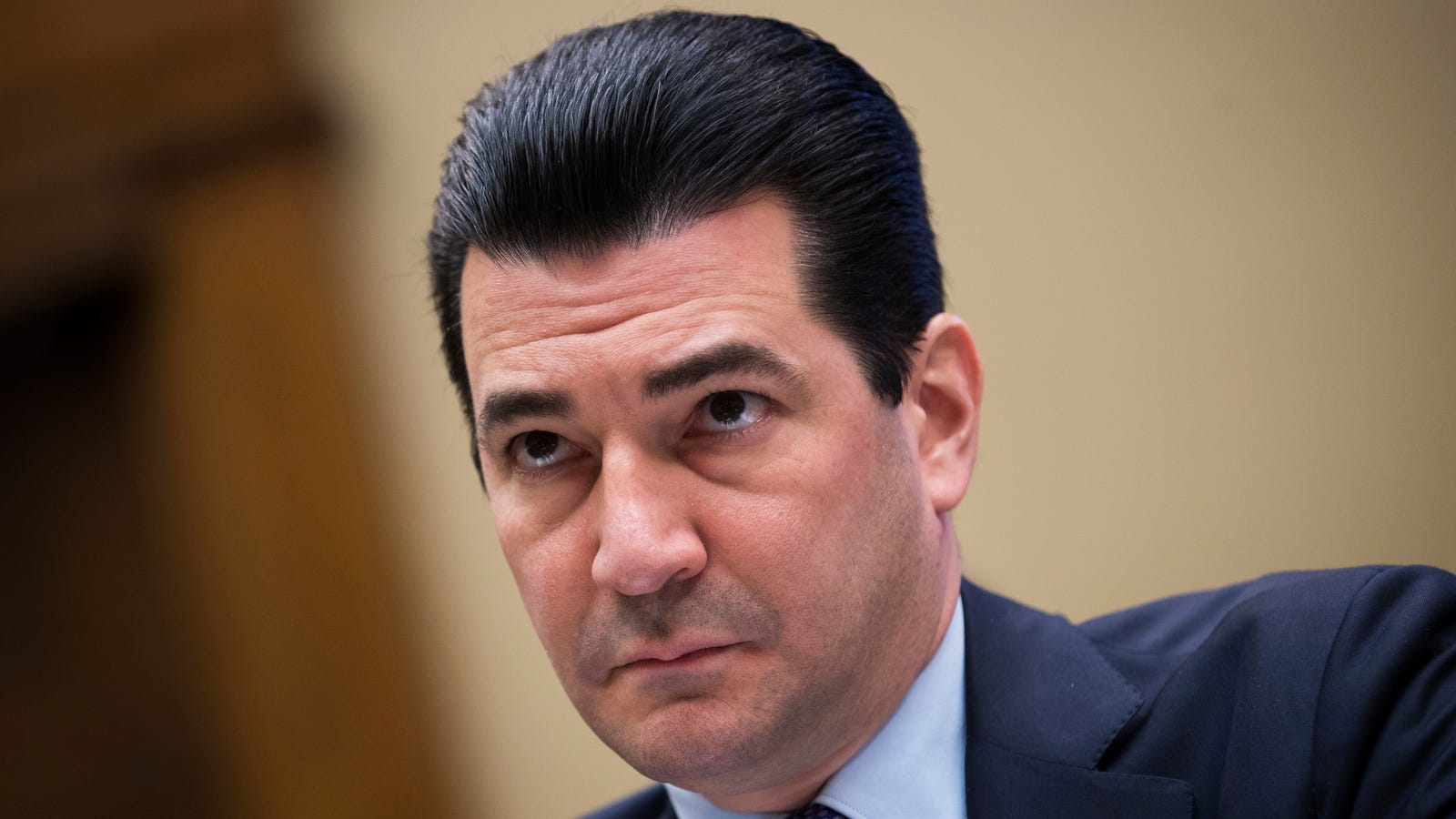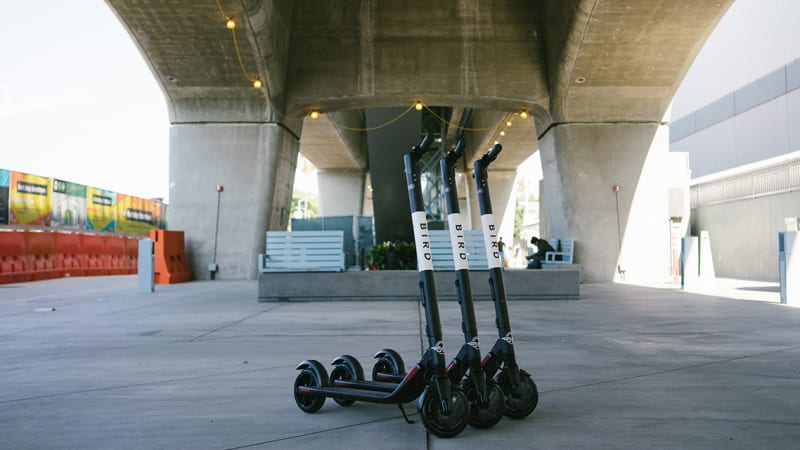https://www.space.com/43113-richard-branson-virgin-galactic-commercial-flights-2019.html

Richard Branson said Jan. 24 that he expects to go into space on the first SpaceShipTwo commercial flight in the middle of this year, after at least three more test flights in the coming weeks.
Credit: MarsScientific.com & Trumbull Studios
WASHINGTON — The founder of Virgin Galactic says he now expects to fly on the company’s SpaceShipTwo suborbital vehicle around the middle of this year after a series of test flights starting in the next several weeks.
In an interview on the “CBS This Morning” television show Jan. 24 to announce a partnership with athletic apparel company Under Armour to provide clothing for Virgin Galactic customers and employees, Richard Branson reiterated his plans to fly into space later this year on the first commercial SpaceShipTwo flight.
“I will hope to go up in the middle of this year myself,” Branson said. “We’ve got another test flight in a handful of weeks taking place from Mojave, then we’ll have another one a few weeks later, then another one. And then, we move everything to New Mexico where we have a beautiful spaceport.” [In Photos: Virgin Galactic Soars to Space in 4th Powered Test]
That plan for test flights is consistent with what Branson told reporters in December after the latest SpaceShipTwo test flight at the Mojave Air and Space Port in California, where the vehicle for the first time flew above the 50-mile (80 kilometers) altitude used by U.S. government agencies for awarding astronaut wings.
“Ideally, we want to do three more flights before we go to New Mexico,” he said then. At the time, he said that next test flight could take place as soon as January.
Virgin Galactic executives have been more circumspect about the number of test flights and their schedule. George Whitesides, chief executive of Virgin Galactic, said after last month’s test flight only that “not a huge number” of test flights are planned before beginning commercial operations at Spaceport America in New Mexico.
Branson appeared on television with Kevin Plank, chief executive of Baltimore-based Under Armour, to announce their apparel partnership. The agreement covers not only uniforms that Virgin Galactic staff will wear but also spacesuits for pilots and spaceflight participants flying on SpaceShipTwo. In addition, Under Armour will develop fitness and training programs for Virgin Galactic’s customers.
The companies didn’t reveal the designs that SpaceShipTwo customers will be wearing or other details, such as whether the suits will be pressurized and include a helmet. “The custom-fitted Under Armour spacesuits will inspire confidence through comfort and practicality without compromising the natural desire of every Virgin Galactic astronaut both to feel good and look good during this unparalleled life experience,” Virgin Galactic said in a statement, adding that the apparel designs would be unveiled later this year.
Virgin Galactic has more than 600 customers who have paid at least a deposit for tickets currently valued at $250,000 each to fly on SpaceShipTwo. Plank is not one of those customers, but in the CBS interview he didn’t rule out flying on SpaceShipTwo at some later time: “It’s not out of the question.”
This story was provided by SpaceNews, dedicated to covering all aspects of the space industry.
via Space.com https://www.space.com
January 25, 2019 at 06:30AM






